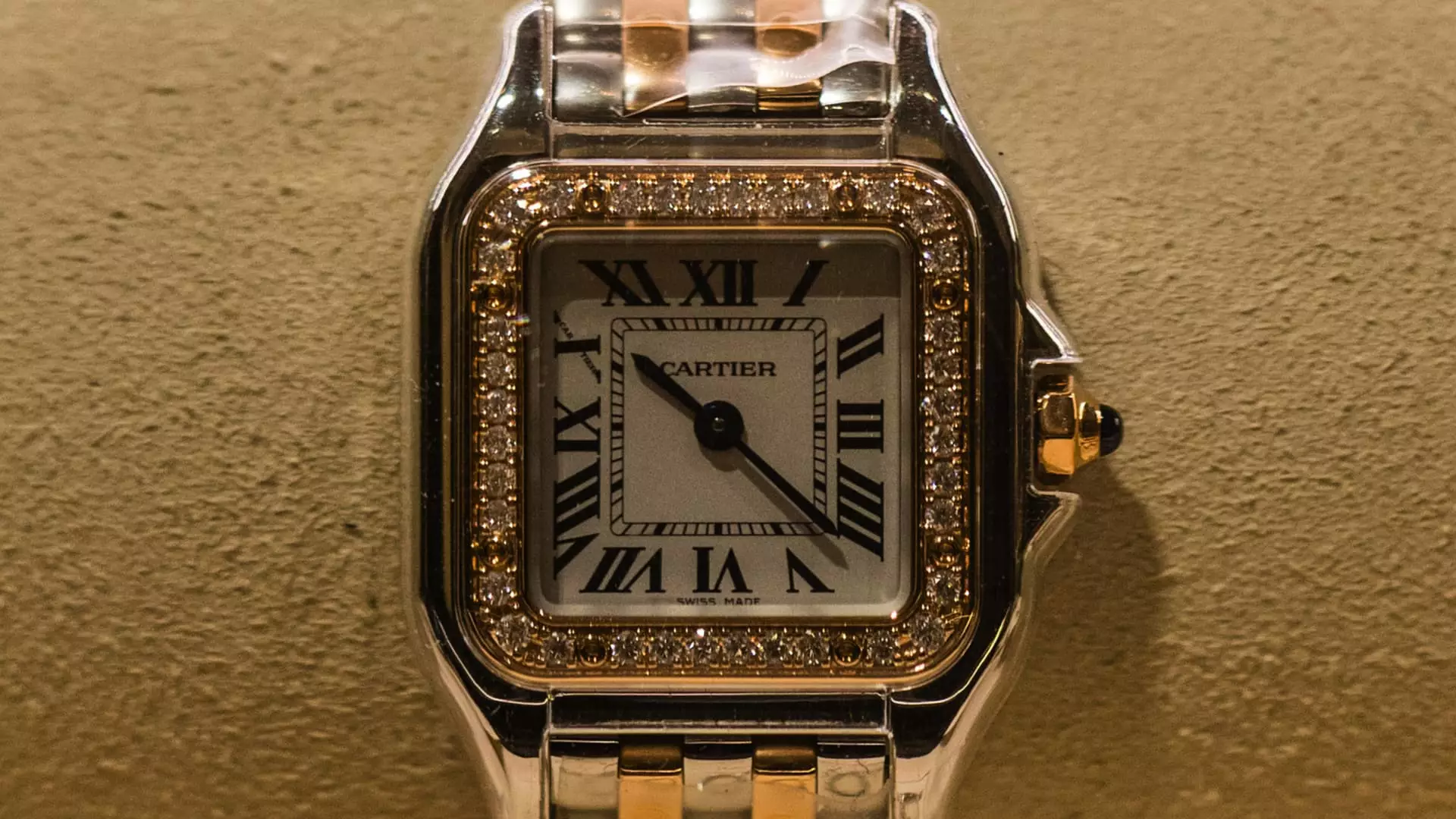Richemont, the powerhouse behind luxury brands like Cartier, has recently revealed fourth-quarter sales that have managed to surpass analyst forecasts, a feat increasingly rare in today’s volatile economic landscape. With revenues climbing to 5.17 billion euros—surpassing the 4.98 billion euros that analysts anticipated—it’s clear that the elite echelon of consumers remains resilient in the face of global uncertainties. This is a poignant reminder of the stark divide in consumer behavior between the affluent and the average consumer, where luxuries are treated as necessities.
Jewellery Maisons Shine Brightly
The standout performer in Richemont’s portfolio was undoubtedly the Jewellery Maisons division, which includes illustrious names like Cartier and Van Cleef & Arpels. This segment not only demonstrated strong year-on-year growth but reached double digits, showcasing a market that seems impervious to broader economic woes. In stark contrast, the specialist watchmakers segment, which houses brands like Piaget, did not fare as well, particularly in the Asia-Pacific region where sales dwindled. This juxtaposition raises questions: Are rich consumers prioritizing jewelry over traditional luxury items such as watches? This shift could signal a cultural change in how status and wealth are perceived in an evolving luxury landscape.
The Asia-Pacific Conundrum
While Richemont’s overall sales figures indicate a healthy 4% annual uptick, not all regions are celebrating. The Asia-Pacific market, excluding Japan, has experienced troubling declines, particularly a staggering 23% drop in China, the crown jewel of luxury consumption. It’s sobering to consider that this area has traditionally been the bellwether for luxury growth. The question arises: Is China’s luxury market on a perpetual decline, influenced by ongoing geopolitical tensions and economic slowdowns? Meanwhile, Japan enjoyed a 25% growth spurt, buoyed by a favorable yen and increased domestic, as well as tourist spending. This contrast could pose strategic dilemmas for Richemont as they navigate an increasingly complex global landscape.
Headwinds: Navigating an Uncertain Future
Richemont finds itself at a crossroads, confronting three major global headwinds: fluctuating gold prices, U.S. tariffs, and the mercurial foreign exchange market. Each of these factors could hamper luxury spending, especially as the strength of the Swiss Franc and the weakness of the U.S. dollar continuously threaten profit margins. Interestingly, analysts suggest that despite these challenges, the company’s pricing power could act as a buffer. This ability to maintain prices in the face of rising costs is a formidable asset that may insulate Richemont from potential downturns. Yet, reliance solely on pricing strategies could be perilous and may not be sustainable long-term.
Consumer Sentiment in Flux
The overall luxury landscape seems set to experience tumultuous fluctuations, not just due to economic pressures but also evolving consumer sentiments. The pendulum is swinging—the past few years marked a period of shocking growth, and while the industry may take solace in certain figures, the looming specter of inflation and economic uncertainty casts a long shadow. The question for Richemont and similar luxury brands lies in whether they can maintain their allure in a world where the average consumer is increasingly cautious. Will extravagance be viewed as frivolous during tough times, or can strategic branding and innovation elevate luxury consumption to new heights, even amidst a backdrop of adversity? The answer will require not just agility but also an insightful understanding of the shifting societal values that shape consumer behavior today.

Leave a Reply